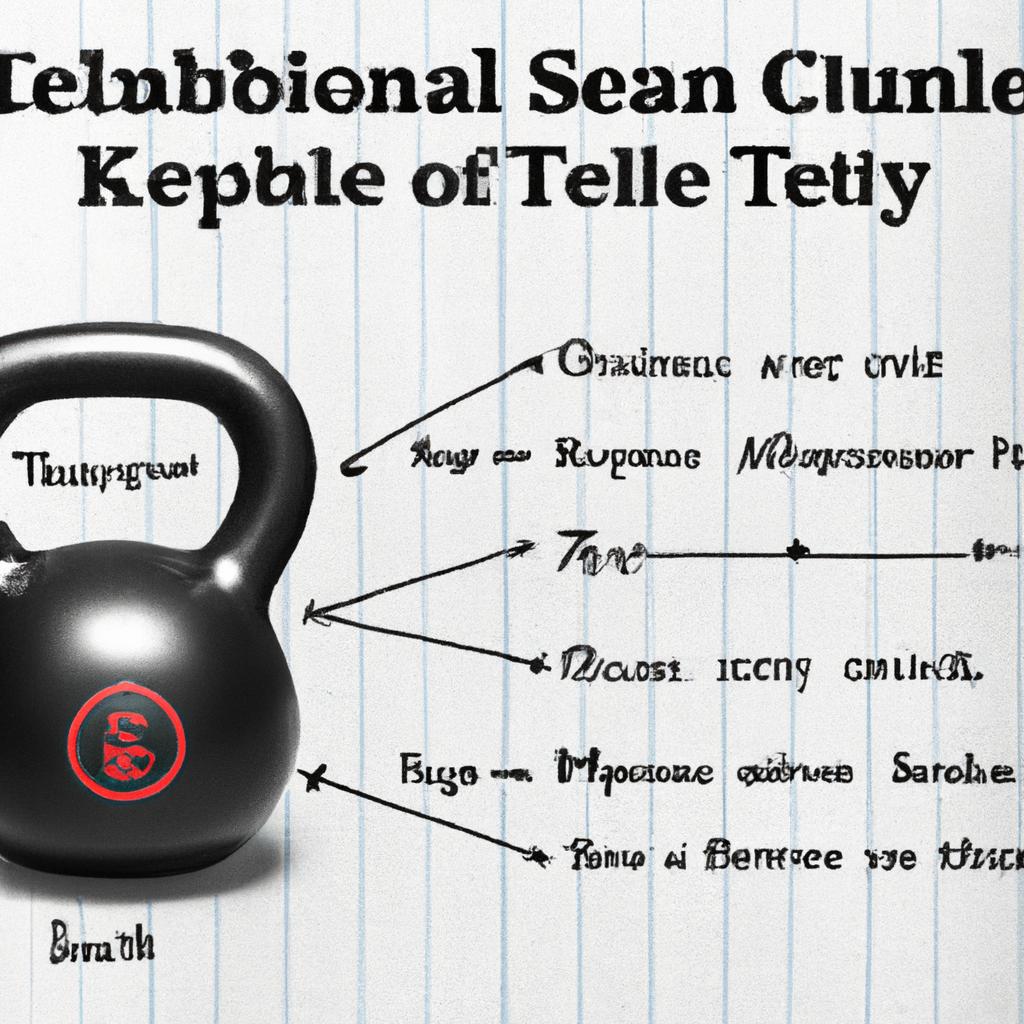**”Kettlebell Complexes: Designing a Circuit for Total Body Strength and Endurance”**
Kettlebell Complexes: Designing a Circuit for Total Body Strength and Endurance
Kettlebell complexes build total body strength and endurance. These sequences engage multiple muscle groups, enhancing strength and cardiovascular conditioning. This blog post explores how to design effective kettlebell complexes, nutrition tips, and health benefits.
Understanding Kettlebell Complexes
Kettlebell complexes consist of a series of exercises performed back-to-back without resting. For example, combine swings, snatches, and squats into one sequence. These complexes challenge muscles and boost heart rates simultaneously. They provide an excellent workout in a short time.
Key Components of a Kettlebell Complex
To create a successful kettlebell complex, focus on these key components:
1. **Movement Patterns**: Include a mix of push, pull, hinge, and squat movements. This variety ensures balanced muscle engagement. For instance, combine a kettlebell press with a row to target both anterior and posterior muscle chains.
2. **Repetitions and Sets**: Start with 6-8 repetitions of each exercise. Aim for 2-4 rounds based on your fitness level. Beginners might start with 2 rounds, while advanced individuals can push for 4 rounds or more.
3. **Rest Intervals**: Limit rest time between exercises to maintain intensity. Take longer breaks between rounds as needed. Allow 15-30 seconds of rest between exercises and 1-2 minutes between rounds.
Designing Your Circuit
Create your kettlebell complex with careful planning. Follow these steps to design a balanced circuit:
Step 1: Select Your Exercises
Choose 4-6 kettlebell exercises. Consider these combinations:
– **Kettlebell Swings**: Build explosive power and target the posterior chain (hamstrings, glutes, and lower back).
– **Goblet Squats**: Strengthen legs and engage the core for stability.
– **Kettlebell Rows**: Target your back and improve posture for overall functional fitness.
– **Turkish Get-Ups**: Enhance core stability and mobility for a full-body exercise.
– **Kettlebell Clean and Press**: Engage your legs, core, and shoulders for a total body workout.
As you select exercises, ensure they complement each other. Pair a hinge movement like the kettlebell swing with a squat movement such as the goblet squat for a well-rounded workout.
Step 2: Determine Your Format
Decide whether to perform the exercises in a ladder format or circuit style. In a ladder format, increase
Conclusion
This summary highlights the insights shared in this post.
Below are related products to the topic if you’re interested:
FAQ
What are kettlebell complexes and how do they benefit my workout routine?
Kettlebell complexes are sequences of exercises performed back-to-back without rest, engaging multiple muscle groups to enhance total body strength and endurance. These complexes not only challenge your muscles but also elevate your heart rate, providing an effective workout in a short amount of time. They can improve both strength and cardiovascular conditioning.
How should I structure my kettlebell complex in terms of exercises and sets?
To structure your kettlebell complex, choose 4-6 exercises that include a mix of movement patterns such as push, pull, hinge, and squat. Start with 6-8 repetitions of each exercise and aim for 2-4 rounds based on your fitness level. Beginners may start with 2 rounds, while advanced practitioners can increase to 4 rounds or more. It’s important to keep rest intervals short between exercises (15-30 seconds) to maintain intensity, with longer breaks (1-2 minutes) between rounds as needed.
What are some examples of effective kettlebell exercises to include in my complex?
Effective kettlebell exercises to include in your complex are kettlebell swings, goblet squats, kettlebell rows, Turkish get-ups, and kettlebell clean and press. These exercises target various muscle groups and provide a















Post Comment